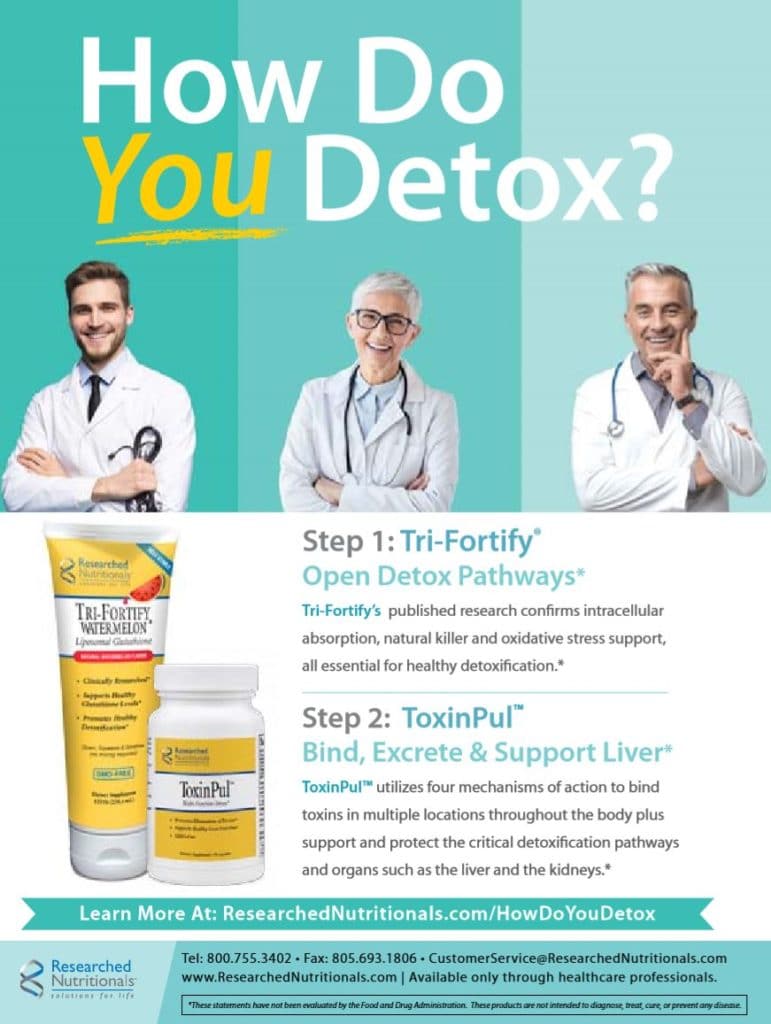…article continued:
As AK professionals continue their emergence into mainstream health care and as the opportunity for multidisciplinary health care partnerships expand around the world, the importance of research exploring the role of Applied Kinesiology therapy in the management of spinal and systemic health disorders will increase. Understanding the published research allows us to grow, learn, and modify our technique and diagnostic methods to match our discoveries and to stay current in the scientific community worldwide.
McDowall observed9 that the great majority of methodologically useful AK research papers (from 1974- 2007) have come from the United States.
It is true that the evidence that supports Applied Kinesiology has some holes in it. However, the suggestion that Applied Kinesiology methodologies not be used because of these vacancies in the scientific support would be to deprive thousands of patients of their chance to heal. All of us use electricity and gravity even though we have gaps in our understanding of how they work.
Applied kinesiology, when practiced with a mild degree of prudence by a physician who is adequately trained, is virtually risk free; and it possesses the potential for great help.
Major Bertrand DeJarnette, DO, DC, Founder of Sacro-Occipital Technique

After suffering a severe injury (an explosion), DeJarnette was treated by an osteopath and later enrolled in the Dearborn College of Osteopathy in Elgin, Illinois. While there, he met and studied with William Garner Sutherland, the founder of cranial osteopathy. After graduation he returned to his home state of Nebraska, where he received chiropractic care from the head of the Nebraska College of Chiropractic and enrolled in this college as well, from which he graduated in 1924 at the age of 25.
Dr. Goodheart wrote and spoke about Dr. DeJarnette throughout his career with special admiration (particularly about DeJarnette’s cranial, pelvic, and somato-autonomic- visceral discoveries) and called him a “five-star general” of chiropractic research. Dr. Goodheart’s father was also a student of DeJarnette. The influence of both doctors upon the other’s work is evident.

C.H. Suh, PhD
Dr. Suh has done essential research for the chiropractic profession and invited Dr. Goodheart to the second Research on Biomechanics of the Spine at the National Institutes of Health (NIH).

John Triano confer during the
FCER’s 1989 research conference.
Triano was an editor of Walther’s
Applied Kinesiology Vol. 1 textbook.
David S. Walther, DC, DIBAK
Dr. Walther wrote textbooks and teaching workbooks about Dr. Goodheart’s research. These books have been purchased by over half of the chiropractic profession alone.

Walther subsequently created six textbooks and four chapters for other textbooks spanning numerous disciplines including AK and dentistry, AK and complementary and alternative medicine, as well as educational materials about AK for the general public. These textbooks have been translated into Italian, Japanese, Korean, French, German, and a Chinese translation of his Applied Kinesiology: Synopsis is underway. Walther also produced over 60 patient-education pamphlets, covering separate clinical subjects that have been sold to clinicians for several decades.
Walther is cited as the primary reference in hundreds of peer-reviewed articles on AK.10-11

Dr. Scott Walker
Dr. Scott Walker (founder of Neuro-Emotional Technique) considered Dr. Goodheart an essential resource.12-14 Many variables influence pain behaviors and include the biological, physiological, as well as the psychological. After several decades of clinical research by AK physicians, these factors appear to be interrelated and provide a basis for a holistic biopsychosocial approach to the management of pain in a patient-centered approach to care. It is only with the appropriate inclusion of mind-body approaches to management that the full impact of pain and disease may be addressed.12
The Goodheart Effect

“Body Language Does Not Lie”
A recent summary discusses the importance of “The Goodheart Effect” upon the chiropractic profession and principle:15
Goodheart’s AK technique offers an important diagnostic tool to supplement those already in place. In considering how acupuncturists focus upon meridians, physiotherapists upon rehabilitative exercise, naturopaths upon nutrition, and chiropractors themselves may in some instances devote their attention to the articulations, Applied Kinesiology does not overrule the concept of subluxations but rather implies that subluxations may be attributed to areas in addition to the spine. This allows for an integrative model of chiropractic healthcare to be developed:
- It frees the profession from having to limit the concept of subluxations strictly to the spine or to joint aberrations.
- It helps to overcome popular conceptual limitations of chiropractors as merely practitioners who administer only high-velocity thrusts.
- It accommodates the application of physical modalities outside of the spine and, as such, invites closer collaborations of chiropractors with osteopaths, dentists, physiotherapists, massage therapists, physiatrists, and acupuncturists.
By returning the focus to neurological imbalance, it immediately allows such major determinants of health as nutrition and stress to become integrated with the clinician’s central tenet and message. No longer do nutrition and emotional elements appear as adjunct (and possibly alien) concepts which are difficult to rationalize with the more traditional chiropractic concepts of subluxation.




